
“Who put that tourniquet on him?” asked the Trauma Doctor in the ER waiting room, to which the driver replied, “Brad did.” “Well, you can tell Brad that if he had not done that, he (the victim) would be dead now.”
That exchange was between an ER doctor and the person who drove the victim to the hospital from a ranch in Utah. The life-threatening injury occurred after a steer knocked a ranch hand down and stepped on his arm, cutting the brachial artery clean through.
If you asked the average person, “Should you have first aid training?” It’s a safe bet that their answers would lean toward the affirmative. “How about CPR/Heimlich training?” “Oh yeah, we do that once a year at my workplace.” “How about traumatic medical training to include the use of tourniquets and pressure bandages?”
Now the conversation begins to turn and the respondents become hesitant or guarded with their answers.
We think that CPR/Heimlich and first aid are worthy endeavors, and they are. However, when it comes to learning how to stop bright red blood from leaking out all over the ground, people get squeamish and start making excuses about why they aren’t willing to take the training.
Student of the Gun University has had a “Beyond the Boo Boo” traumatic medical course available for over ten years now. During a recent conversation with a peer and fellow instructor, he commented, “Your medical classes must be filling up, given the current situation in our world.” Sadly, my honest response to him was that our medical classes are the most difficult to fill. To which he replied, “What’s it going to take to get people to do the right thing and get training?” That, my friends, is the $64,000 question.
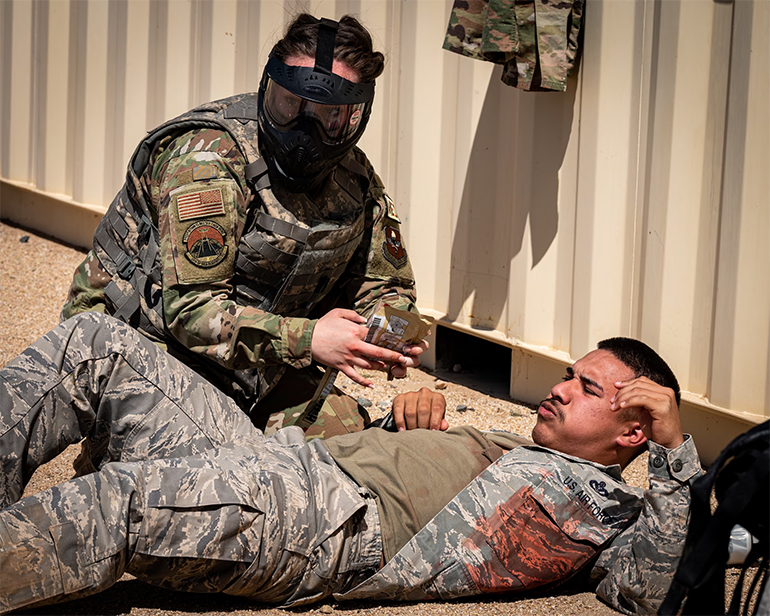
Silver Lining of a Failed 20 Year War
You don’t need me to tell you that, like Vietnam, the men and women who served during the Global War on Terror did so honorably and the bureaucrats in D.C. betrayed them with weak and spineless policies to the point where their lives were being sacrificed needlessly.
Despite the previous failures, as with numerous conflicts before, there were some positive things that came out of the GWoT. Better and more affordable night vision and thermal optic devices are good examples. The most important improvements, however, were traumatic medical training and the development of the gear to go along with the training.
On 9/11/01, the conventional US Military was still operating under the Cold War era method of Basic First Aid / CPR training. Tourniquets were still the boogieman and were a “last resort after all other means had failed.” During the first couple of years of the GWoT, we lost innumerable men to major bleeding injuries needlessly, because our troops had outdated training and did not have the tools needed to save lives.
The US Army examined the situation and began to make the Tactical Combat Casualty Care program mandatory for all troops deploying overseas. All the other branches soon followed suit and mandated T.C.C.C. training.
Also, after-action studies of combat deaths showed that the “improvised tourniquet” (rag and a stick) failed to stop major bleeding, particularly in the legs, far more often than it worked. Failure rate of improvised TQs for femoral bleeding injuries has been reported to be as high as 90 percent. The Army put out requests for commercially-made tourniquets to add to their trauma kits and American manufacturers answered the call. There are now numerous, high quality, effective commercially-made tourniquets available to everyone, not just the Army.
Crossover to the Civilian World
The history of warfare has been that training, techniques, and equipment that is developed and implemented in war will eventually crossover to the civilian world. When I was a military contractor during the GWoT and teaching T.C.C.C. to the troops, it seemed pretty obvious to me that, if we could teach 18- and 19-year-old kids how to stop their buddy from bleeding to death on the battlefield, we could teach American citizens how to keep their loved ones from bleeding to death from a car crash or other traumatic event.
The struggle to get a T.C.C.C. equivalent program to be accepted in the civilian world as well as to get citizens and police officers to start carrying tourniquets took around 15 years.
Training and Gear Available
While not universal by any means, the traumatic medical training for citizens is available as is the gear to go along with it. Fifteen years ago, if someone were to say that they wanted training and gear but could not find it, that would have been a legitimate excuse. Today, the training and gear is available to anyone with the desire to be a better prepared person.
Tactical Response has an Immediate Action Medical program, the American Red Cross has a program as do several other professional training outfits. When we are able to talk with folks from those schools about filling up their seats, the response is always the same, “Medical classes are the most difficult to sell”.
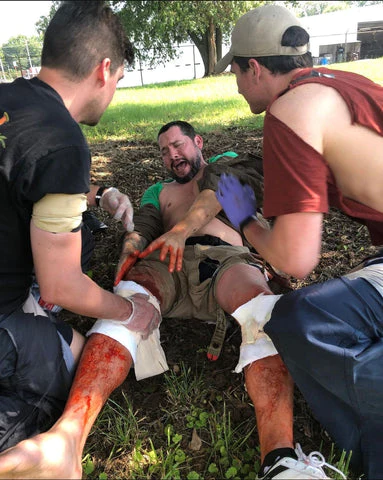
We have been teaching safe and effective use of firearms for self-defense for as long as we have been teaching medical courses. Also, we have 100 times more graduates of the medical course that contact us and tell us that they used the training to treat an injured victim. We have several graduates who were credited by ER doctors as having saved a person’s life by properly applying a tourniquet.
What’s it Going to Take?
A few months ago I had a conversation with a Registered Nurse who also teaches traumatic medical classes. She went to her local high school and offered to run all of the staff members through a Trauma Med/Stop the Bleeding type course. To which the administration replied, “That kind of training makes our people uncomfortable. No thank you.”
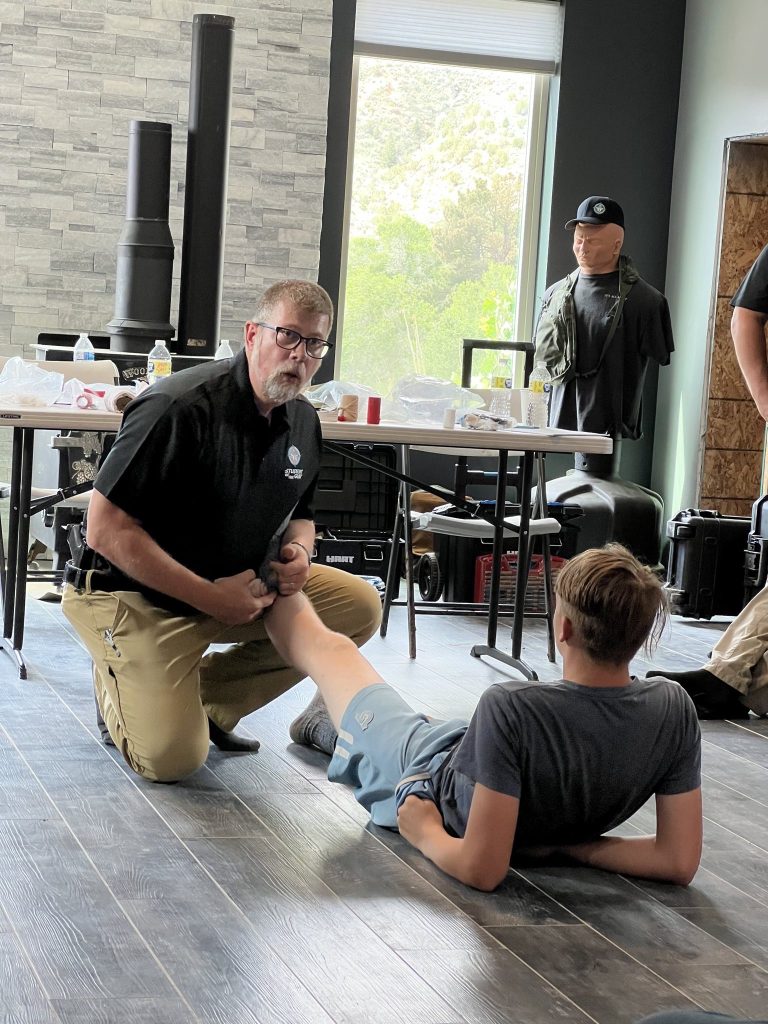
Going back to the discussion with my colleague at the beginning of this piece, what is it going to take to get people serious about taking training and then carrying the gear to save someone’s life? My answer to my friend was, it is going to take another mass casualty event where people are bleeding to death in front of television cameras.
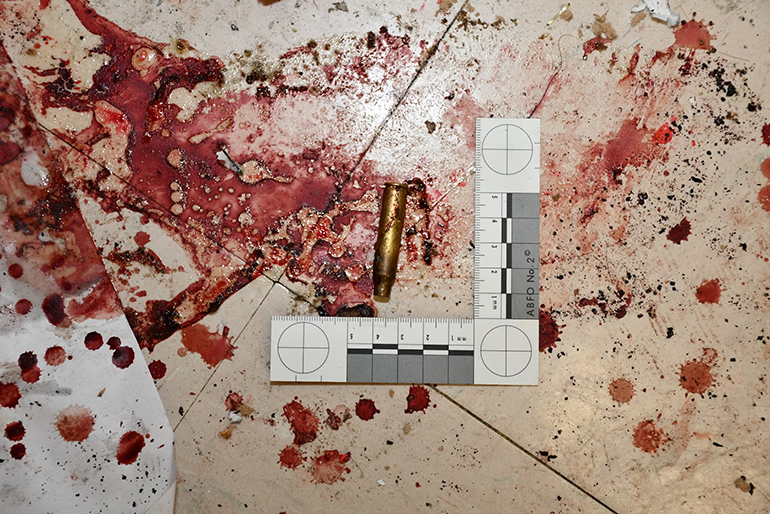
During nearly every attack by a deranged monster, whether it’s at a school, a church, a shopping mall, etc., most of the victims don’t die immediately from the gunshots or stab wounds. No, most of them lay on the floor bleeding to death while the first responders gather in the parking lot outside and argue about what to do and when to do it.
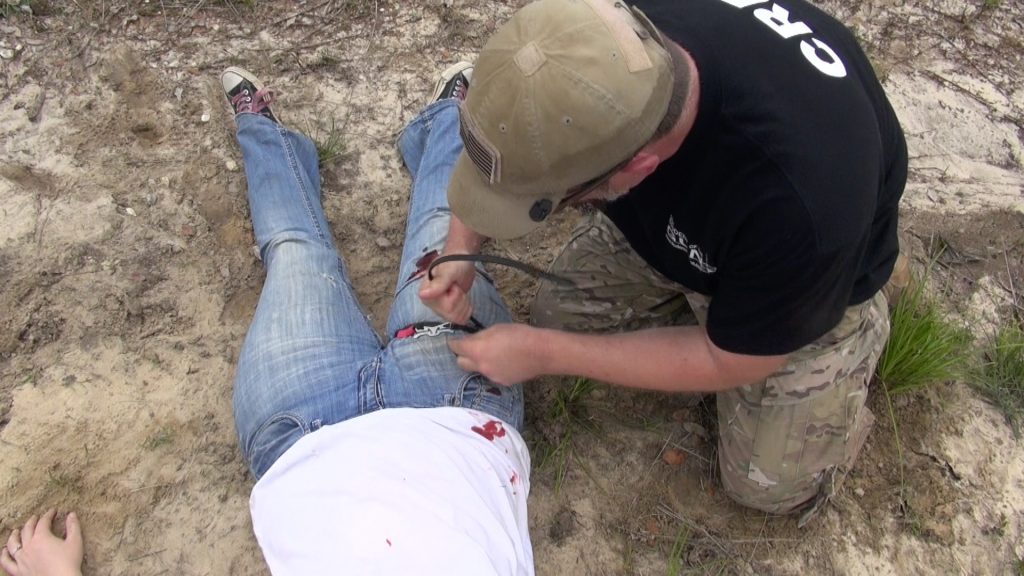
When it comes to life-threatening injuries — the kind that produce bright red blood — only the people who are present when the injury happens will be able to save the victims’ lives. An ambulance that is five minutes away is useless to a person with a compromised femoral artery. Five minutes of hemorrhage will put them into irreversible shock and death if the blood flow is not shut off.
The training is available and so is the gear to go with it. A hard look in the mirror is required and you need to ask yourself if the time and effort is worth the investment to be prepared to save a life.
Paul G. Markel is the founder of Student of the Gun University and has been teaching Small Arms & Tactics to military personnel, police officers, and citizens for over three decades. He is the author of numerous books and is a combat decorated United States Marine veteran.
